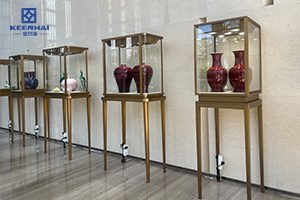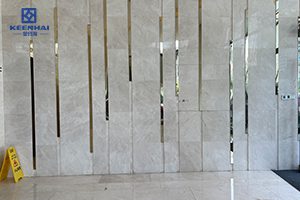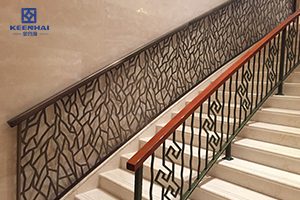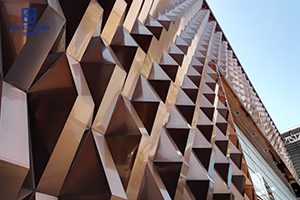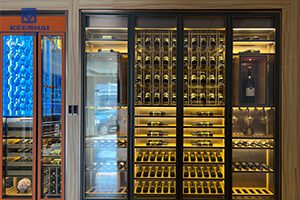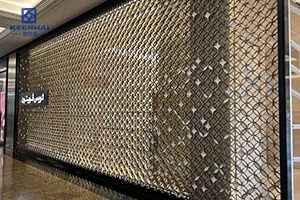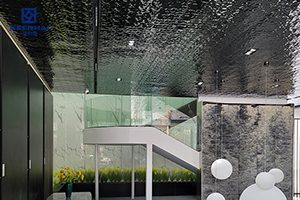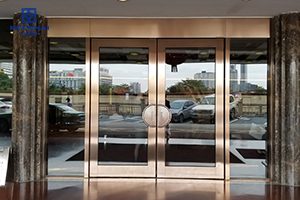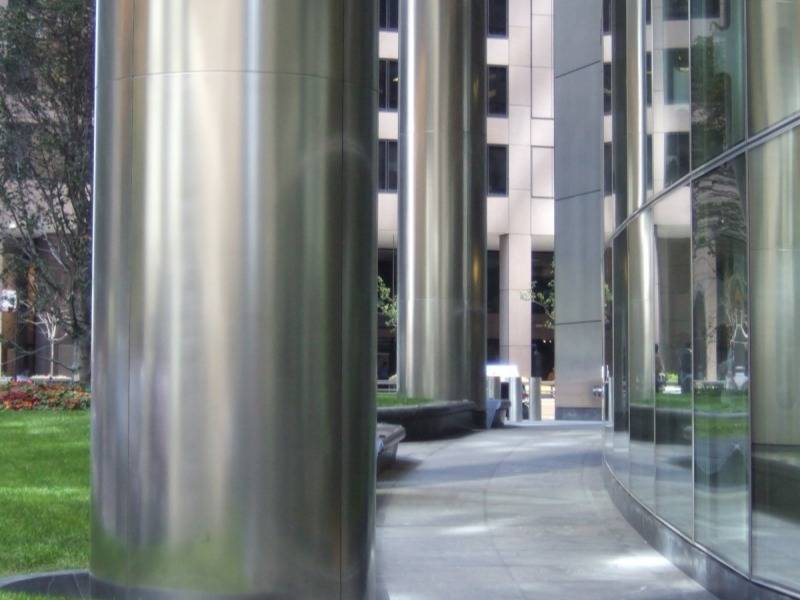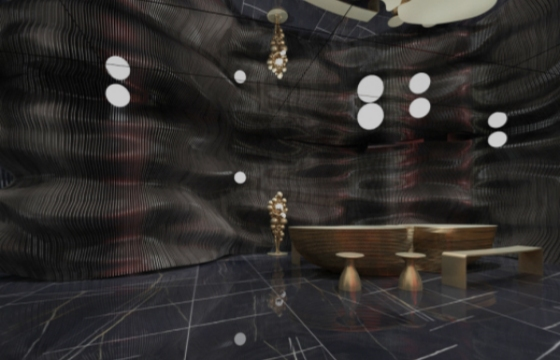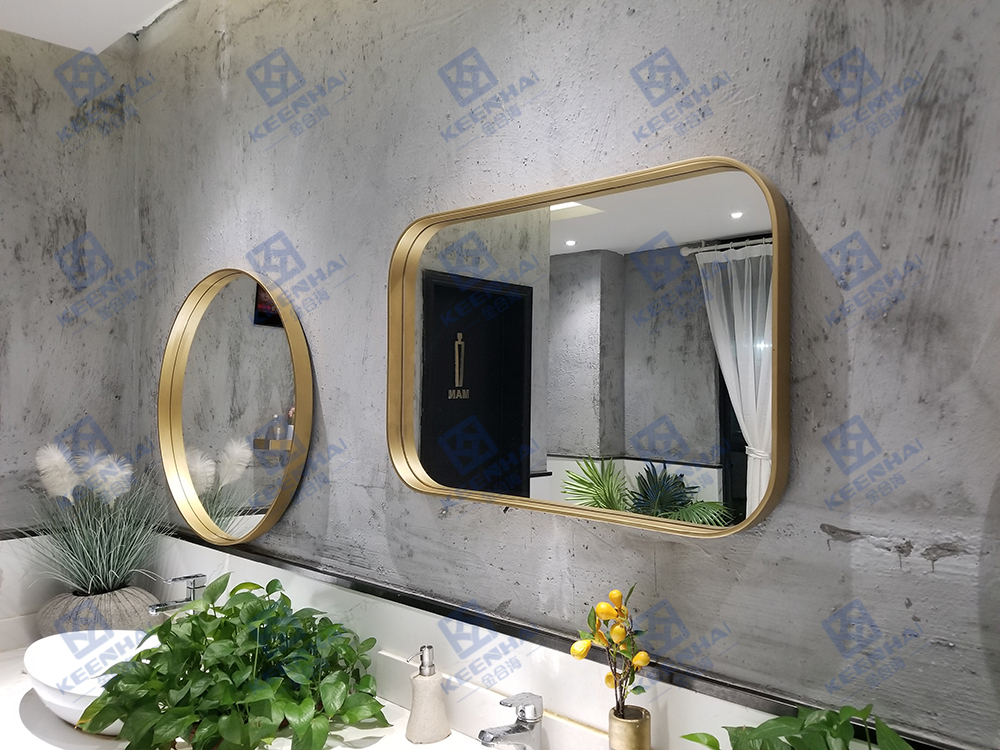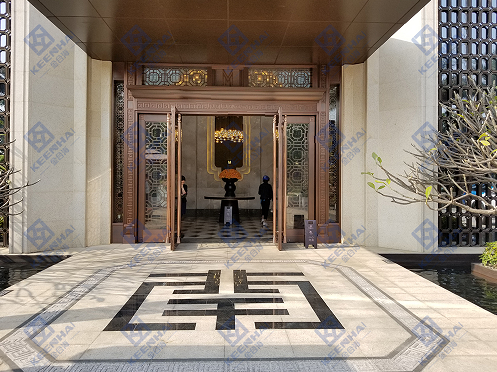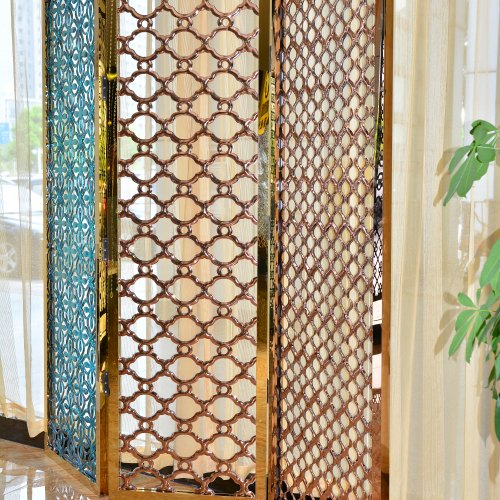Why Stainless Steel is the Ultimate Material for Durable Construction
In the construction industry, selecting the right materials is crucial for ensuring long-term durability and safety. Among many options, one material stands out for its exceptional reliability and endurance. This versatile alloy offers numerous advantages, including remarkable strength, resistance to corrosion, and long-lasting performance. Whether utilized in structural components, architectural designs, or decorative features, it proves to be the ultimate choice for building projects that need to endure the test of time.
Understanding the Alloy: A Brief Overview
stainless steel is an alloy primarily composed of iron, chromium, nickel, and other elements. Its key distinguishing characteristic is its resistance to rust and corrosion, which is attributed to the chromium content forming a passive oxide layer on the surface. This corrosion resistance makes it highly suitable for construction, especially in environments exposed to moisture and harsh conditions.
There are various grades of this alloy, each with distinct properties:
- 304 Grade: Widely used in construction due to its excellent resistance to corrosion and ease of fabrication.
- 316 Grade: Known for superior corrosion resistance, especially in marine or acidic environments.
- 430 Grade: A more affordable option with moderate corrosion resistance, suitable for decorative applications.
Its strength, resistance to staining, and adaptability to diverse building needs make it a top choice for architects and builders alike.
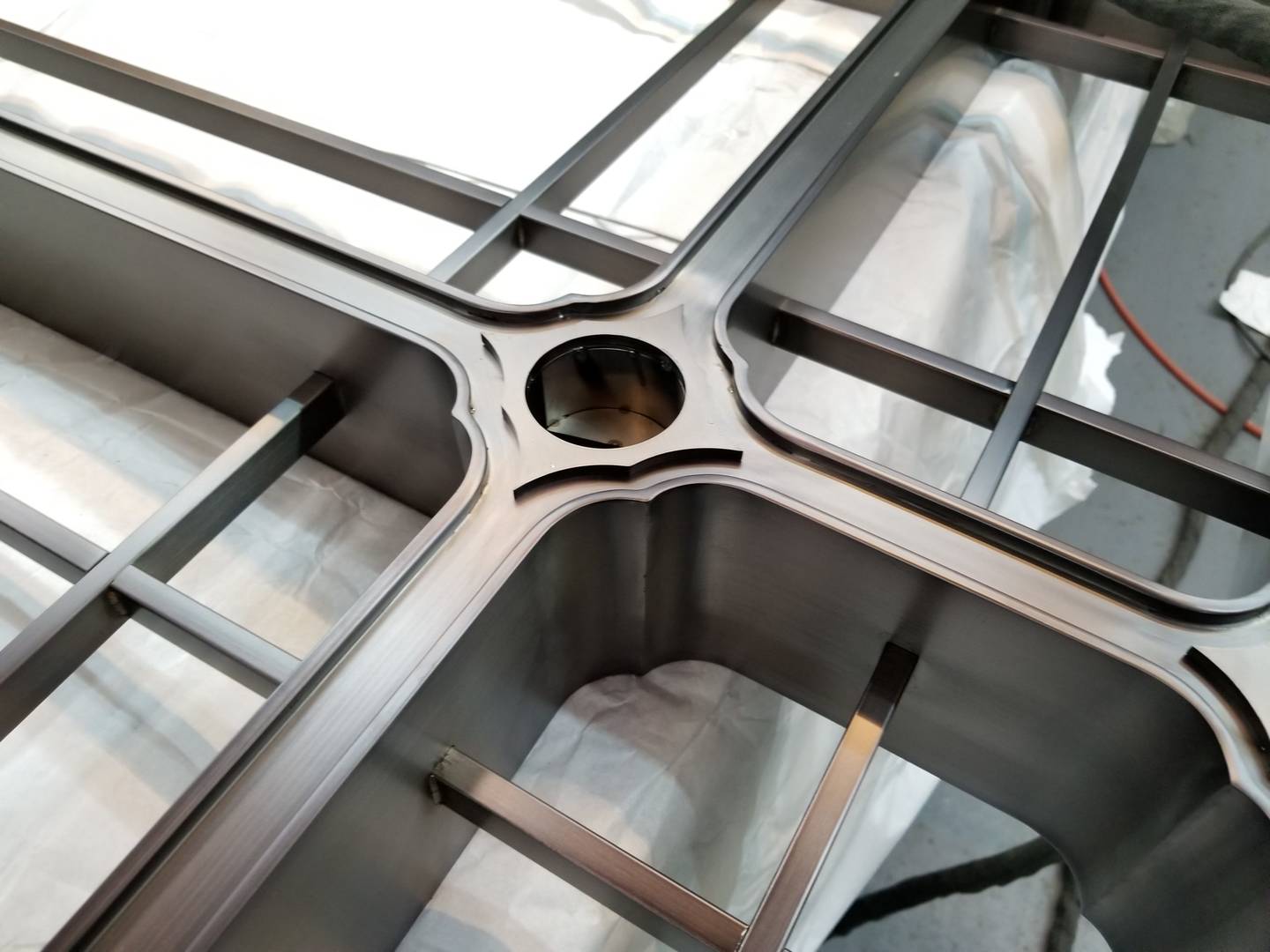
Durability and Longevity
One of the standout features of this alloy is its unmatched durability. Unlike traditional metals, which are prone to rust and decay over time, they maintain their structural integrity for decades. This makes it the ideal option for construction projects that will be exposed to moisture, chemicals, or extreme environmental conditions.
- Corrosion and Rust Resistance: Its ability to resist corrosion is a result of the chromium content, which forms an invisible oxide layer that protects the surface from degradation. This is especially beneficial in environments such as coastal regions, where saltwater can rapidly corrode other materials. Even in industrial settings where exposure to harsh chemicals is common, it remains unaffected.
- Performance in Extreme Weather: stainless steel performs exceptionally well in both high and low-temperature environments. Whether in the blistering heat of a desert or cold northern climates, it retains its strength and shape. Moreover, it does not expand or contract significantly with temperature changes, making it ideal for buildings that experience fluctuating temperatures.
- Long-Term Durability: With proper care, structures made from this alloy can last for over 50 years. The combination of corrosion resistance and strength means fewer repairs and replacements, offering significant long-term value for any construction project.
Resistance to Environmental Stressors
This material is remarkably resistant to a wide range of environmental stressors, which makes it a preferred choice for construction in challenging locations.
- Chemical Resistance: One of the reasons it is so popular in industrial and chemical applications is its ability to resist a wide range of chemicals, including acids, alkalis, and solvents. In chemical plants and laboratories, it maintains its structural integrity without degrading or reacting with the substances it encounters.
- Benefits in Coastal Areas: Coastal environments present unique challenges due to the combined effects of saltwater and humidity. Other metals are quickly corroded in these conditions, but this alloy resists chloride-induced corrosion, making it the material of choice for building structures near the ocean. Coastal buildings, bridges, and marine infrastructure benefit from their durability in these harsh environments.
- Prevention of Structural Damage: It also protects against air pollution and environmental contaminants, preventing the rusting and discoloration often seen in buildings exposed to heavy industrial emissions.
Strength and Load-Bearing Capacity
This material is renowned for its high tensile strength and ability to support heavy loads. This makes it ideal for use in structural components of buildings, bridges, and other infrastructure where strength and stability are critical.
- High Tensile Strength: Its high tensile strength makes it ideal for load-bearing applications. It can support substantial weight without warping or failure, which is crucial in tall buildings, bridges, and other large infrastructure projects.
- Case Studies in Heavy-Duty Construction: Iconic structures such as the Burj Khalifa in Dubai and major bridges around the world incorporate this alloy to handle enormous weight and environmental stress. Its strength and resistance to corrosion played a key role in these projects, ensuring their longevity and safety.
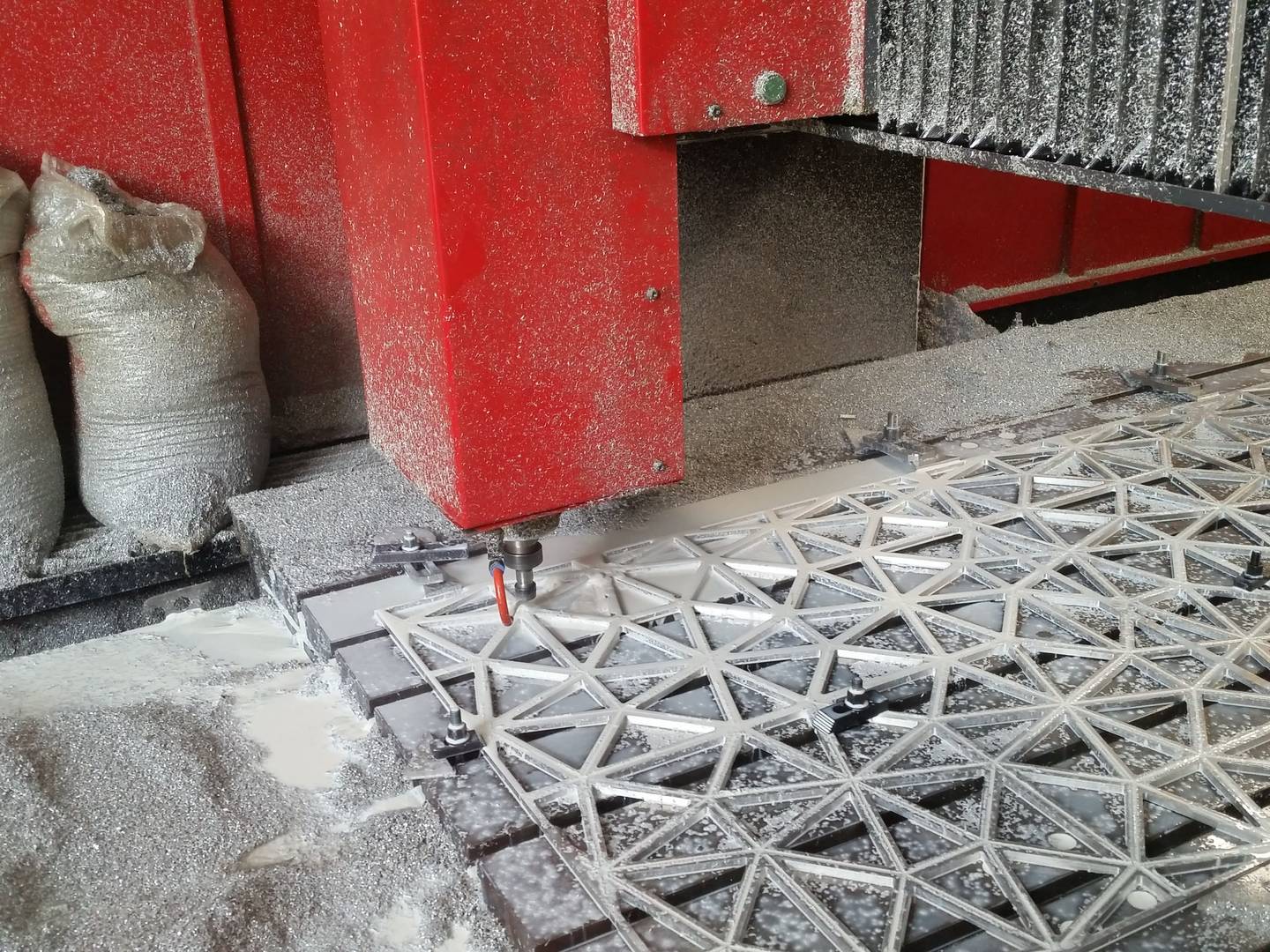
Aesthetic and Design Flexibility
In addition to its practical benefits, stainless steel adds a sleek, modern aesthetic to any structure, combining beauty and functionality.
- Modern Look and Feel: Its shiny, reflective surface creates a striking contrast with materials like glass, stone, and wood. This makes it an excellent choice for contemporary architectural designs. It is often used for facades, railings, staircases, and even decorative sculptures, lending a high-end look to buildings.
- Customization and Versatility: Architects and designers appreciate stainless steel for its ability to be customized in a variety of finishes, from polished to matte to textured. It can be shaped and molded into intricate designs, offering flexibility in meeting both functional and aesthetic requirements.
- Iconic Architectural Examples: Examples like the Sydney Opera House and the Louvre Pyramid in Paris highlight the ability of stainless steel to elevate the aesthetic of a building while maintaining structural integrity.
Environmental Benefits and Sustainability
As sustainability becomes increasingly important in construction, stainless steel offers several environmental advantages.
- Recyclability: One of the primary environmental benefits of this alloy is its full recyclability. Unlike many other metals, it retains its original properties even after repeated recycling cycles. This makes it a sustainable choice for construction projects aimed at reducing their environmental footprint.
- Longevity and Waste Reduction: The long lifespan of structures made from this material means fewer replacements are needed, reducing waste over time. It is a long-lasting solution, ensuring that buildings don’t need frequent reconstruction, which in turn minimizes environmental impact.
- Green Building Certification: Its durability and recyclability contribute to achieving sustainability certifications like LEED (Leadership in Energy and Environmental Design), making it an important choice for green building projects.
Low Maintenance and Cost Effectiveness
While the initial cost of stainless steel may be higher than some alternatives, its durability and low maintenance requirements make it a cost-effective choice over the long term.
- Minimal Maintenance Needs; This alloy requires minimal maintenance to keep it functioning well and looking good. Unlike other materials that need regular painting or sealing to prevent rust, it retains its appearance and structural integrity with very little upkeep.
- Long-Term Savings: Although the initial cost may be higher, its longevity and low maintenance needs make it more cost-effective in the long run. Fewer repairs and replacements are necessary, resulting in savings over the building’s lifecycle.
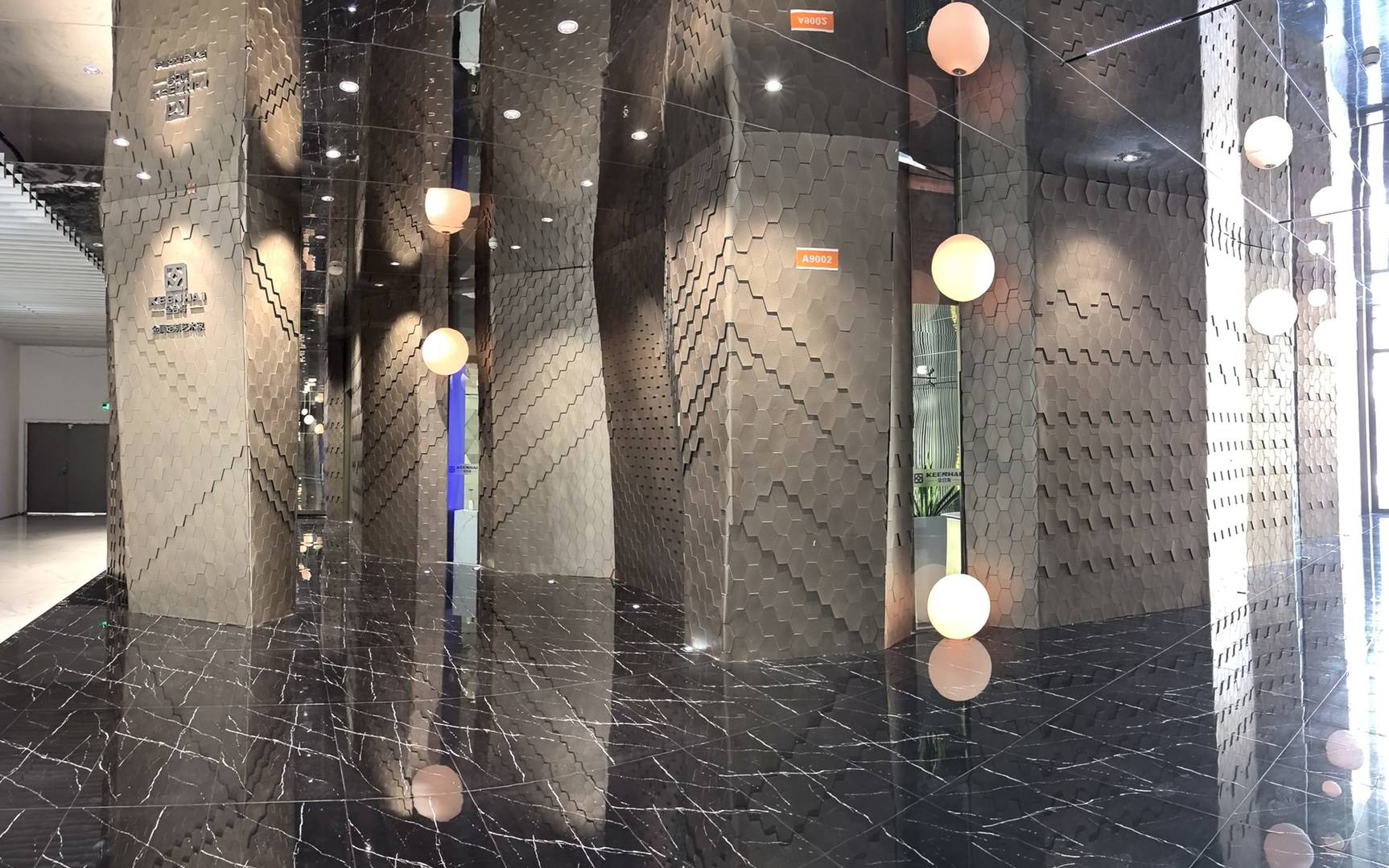
Applications in Modern Construction
This material is used in a variety of applications within the construction industry, from structural components to aesthetic finishes.
- Common Uses: It is often found in structural elements such as beams, columns, and supports, as well as in cladding and roofing materials. Inside buildings, it is used for staircases, railings, and even elevator doors, enhancing both durability and appearance.
- Innovations in Use: Advancements in manufacturing technologies, such as 3D printing, have expanded the potential applications of stainless steel in construction. These innovations allow for more complex and customized components, making the material even more versatile.
Challenges and Considerations
While the benefits of stainless steel are clear, there are some challenges to consider when selecting it for a project.
- Initial Investment: The cost of using stainless steel can be higher than other metals like carbon steel or aluminum. However, its durability and low maintenance requirements mean that the long-term value outweighs the initial cost.
- Fabrication Challenges: Working with stainless steel requires specialized equipment due to its hardness. However, technological advancements in fabrication techniques have made it easier to work with, even for complex designs.
Stainless steel is undoubtedly the ultimate choice for durable construction. Its strength, resistance to corrosion, aesthetic flexibility, and low maintenance needs make it the ideal solution for modern building projects. As sustainability becomes a more prominent consideration in construction, its recyclability and long lifespan further cement its role in the future of building design. By choosing stainless steel, builders ensure that structures remain strong, functional, and beautiful for generations to come.
Ви можете відвідати наш веб-сайт для отримання додаткової інформації або відвідайте нашу сторінку у Facebook, щоб дізнатися про останні оновлення та основні моменти проекту. Якщо у вас виникли запитання чи пропозиції щодо співпраці, зв’яжіться з нами, і ми з радістю вам допоможемо!


